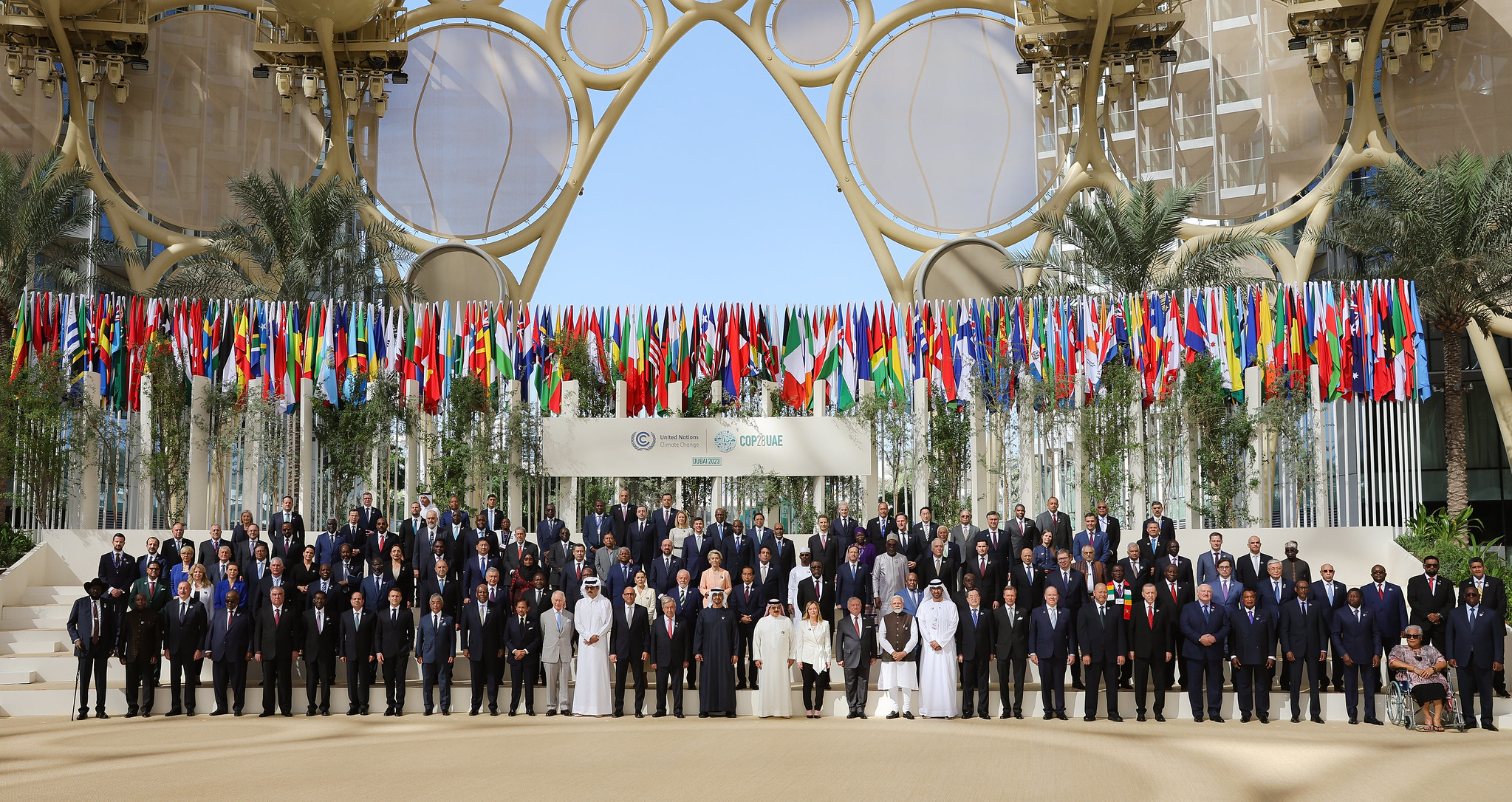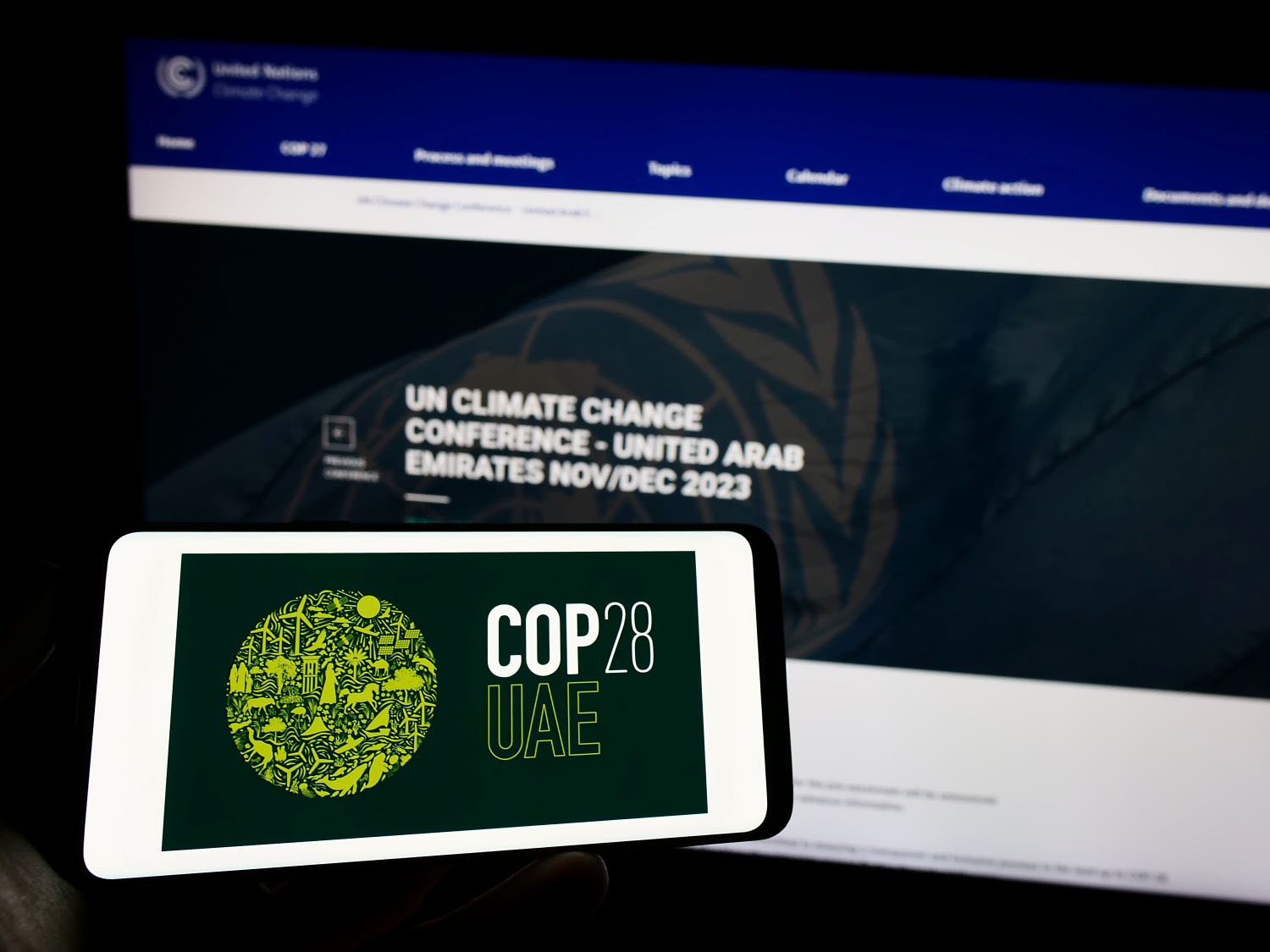Anyone who follows this blog knows I’m a big fan of the US electrification initiative Power Africa because of its national security, economic, and developmental benefits.
One of the most impressive things about Power Africa is that it has two clear and measurable goals: 30 gigawatts of new generation capacity and 60 million new connections for homes and businesses.
One of the least impressive things has been—at least up to now—how the government has been measuring what counts as a “new connection.” Some three-quarters of the Power Africa-affiliated connections so far have been solar lanterns or small single-household systems with very limited capacity. These tiny electrical systems that charge a cell phone or run a few lights are better than costly and dirty kerosene or old car batteries. And they’re far better than nothing. But they’re also not exactly what most people—or congressional authors of the Electrify Africa Act—would consider an electricity connection.
That’s why we should welcome Power Africa 2.0 and its emphasis on higher power solutions. As part of this, the team will soon halt counting solar lanterns as new connections, capping the total at 12 million or 20 percent of the target. (They’ll still track lantern distribution, but not as part of the connections goal.) This all fits with Power Africa’s sensible evolution toward encouraging a range of higher capacity home systems, physical connections to national grids, and the development of minigrids.
This positive shift is important because larger output electricity systems become necessary as consumers move up the energy ladder to higher power appliances (like my favorite refrigerator). Even more importantly, if people expect to use electricity for what economists call productive uses—and what regular people call jobs—they need a lot more than what small systems can currently deliver. And if African governments want to create prosperous economies that compete globally, they will need not just slightly more efficient small systems, but high-energy systems that provide orders of magnitude more energy.
Now that the US government is moving toward fixing this connection measurement problem and raising its energy ambitions, it should also use its influence to encourage others to aim higher on energy targets. In particular, the World Bank, the UN, and others still use the International Energy Agency (IEA) standard for energy access, which is a paltry 50 kWh per person per year in rural areas and 100 kWh for people living in cities. That’s also the yardstick being used to judge success against the UN’s SDG7 to achieve universal access to modern energy by 2030.
As a CGD Energy Access Targets Working Group concluded, this level of energy is more accurately an “extreme energy poverty line” than anything close to modern energy access. The working group called on the world to raise the bar.
Bravo to Power Africa 2.0 for moving in a positive direction that’s more reflective of how energy contributes to economic development over time. Let’s see the other energy policy actors step up too.
CGD blog posts reflect the views of the authors, drawing on prior research and experience in their areas of expertise.
CGD is a nonpartisan, independent organization and does not take institutional positions.





